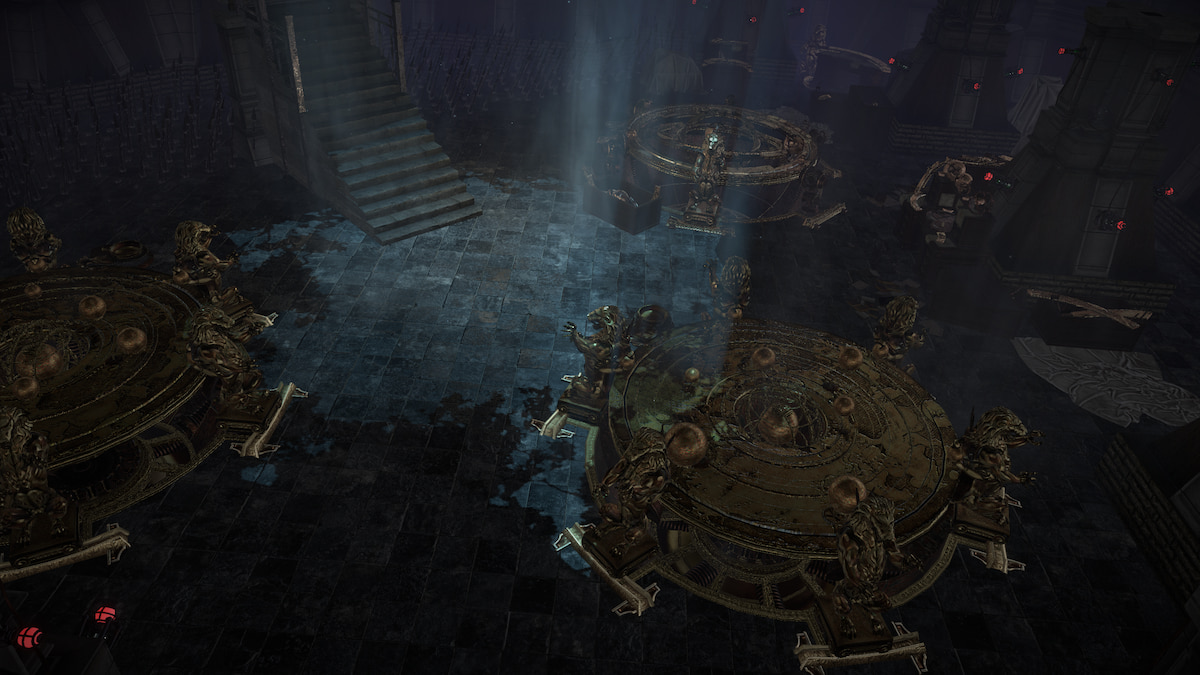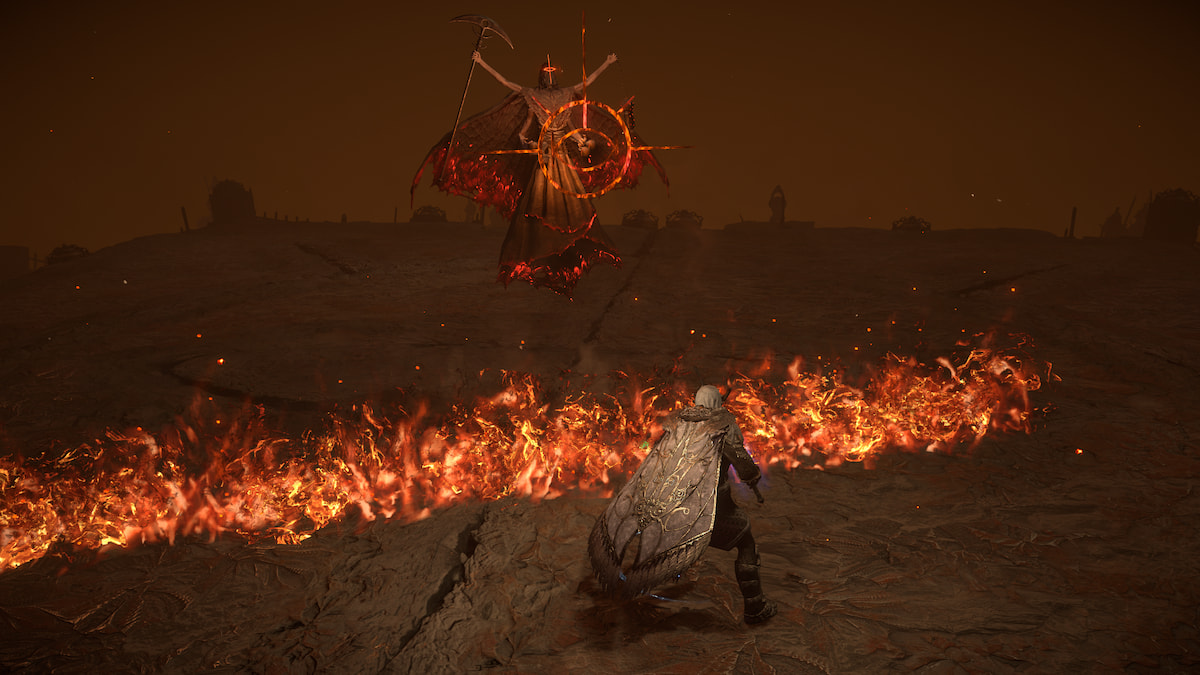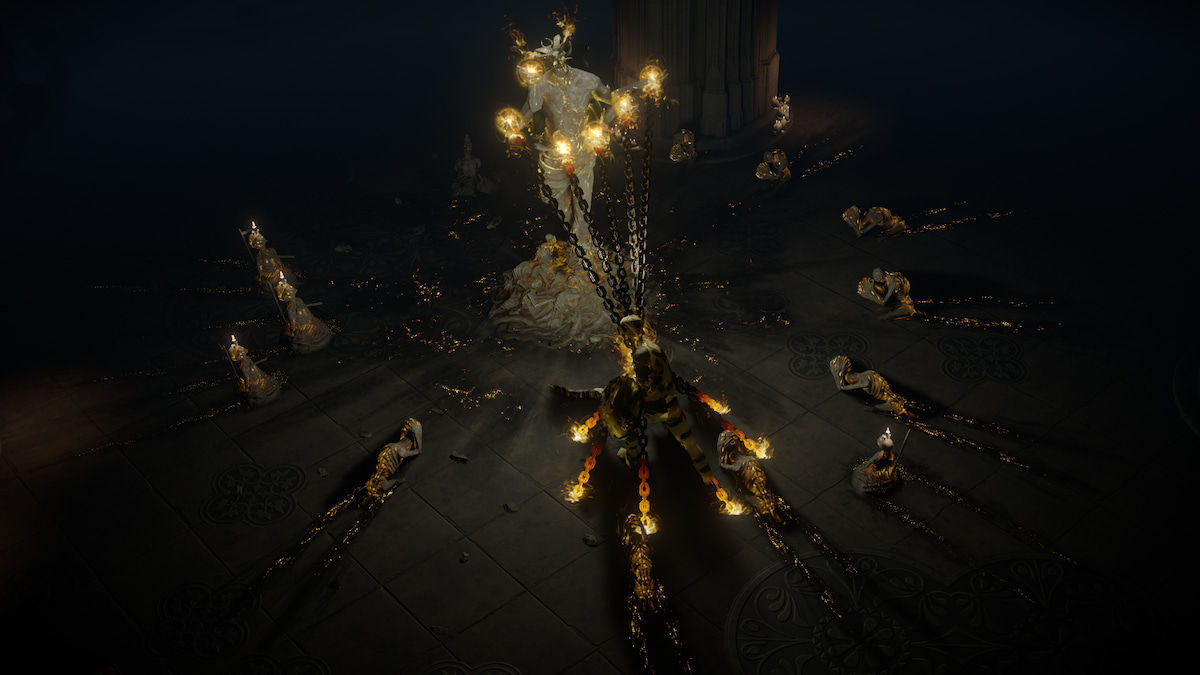New challenge leagues are the lifeblood of Path of Exile, luring back longtime players with a variation on established gameplay, and bringing new players into the fold by starting everyone over with a blank slate. Expansions on the scale of the upcoming Siege of the Atlas, though, only come once every few years. And each new one represents a kind of reevaluation of where things stand with Path of Exile, as well as where the team at Grinding Gear Games thinks it should be heading. In a recent press event, which featured an early look at the 3.17 trailer and a Q&A session with Path of Exile founder Chris Wilson, we got a look at the direction Siege of the Atlas might take things.

Siege of the Atlas, which arrives February 4, will see players taking on a pair of Eldritch horrors. The two new Pinnacle bosses — The Searing Exarch and The Eater of Worlds — are attempting to consume all of Wraeclast by invading the Atlas. Naturally, it’s your job to hunt them down through a variety of maps, taking on sub-bosses and their dangerous influence along the way. As expected, there are also plenty of reworks, balance changes, and new features. But an overriding theme does seem to emerge from the individual pieces — expand the ways that players can play the game, and offer that freedom to players earlier in the expansion content. Here are a few of the changes that move things in that direction.
The old Atlas Passive Tree, with its cordoned-off regions, is gone. In its place is an updated Passive Tree that’s entirely open. The intention here is to give players more options, not only with where their path through the massive collection of 600 (!) Passives will end, but also with the journey they’ll take to get there. This means that players should feel more freedom of choice earlier during their time with the new endgame.
Players who take on the highest levels of challenge offered by Siege of the Atlas will, for the first time, have the option to allocate Ascendancy skills from different Ascendancy classes. This won’t be easy though, as it requires collecting both halves of a legendary gem — one each from the two new Pinnacle Bosses. Not only this, but the halves must also apply to the same Ascendancy skill in the same overarching class as the player. It’s not quite like the recently released Nobody Saves the World, but it certainly opens the door for some creative build mashups.

Of course, allowing a diversity of builds to flourish doesn’t just come down to making them available. Many players will only be encouraged to use builds if they’re powerful enough to be competitive. Most of the dirty work here will come down to balance changes. For specifics, players can look to the recently released Balance Manifesto, which offers up a good idea of what adjustments GGG thinks are most important to implement in Siege of the Atlas. Although there wasn’t a big focus on balance changes in the presentation or Q&A session, Wilson did emphasize one thing: the adjustments trend heavily in the direction of buffs rather than nerfs.
There is also the addition of the new Archnemesis League to consider. Although this may be somewhat overshadowed by the release of the expansion, it’s important to note that new leagues often determine how engaged many players will remain on a month-to-month basis. A primary goal with the Archnemesis League, per Wilson, is to keep things simple as a way of compensating for the complexity of the new expansion content.

At first glance this certainly seems to be the case, at least by Path of Exile standards. The mechanics involve finding petrified monsters around each area, then choosing to apply a modifier to them and receiving a corresponding reward once they’re defeated. It’s instantly understandable on the surface level, but there are still some layers of depth here. The modifiers and rewards stack per area, and with the ability to fight four petrified enemies in each of them, the challenge will often come down to managing the risks and rewards of each modifier you apply.
It’s tough to know for sure without having played any of it, but Siege of the Atlas appears to be giving players more control over the way they play Path of Exile without sacrificing the kind of methodical decision-making that gives the game much of its trademark mechanical weight. All of this is far from new for GGG, of course. The studio has consistently (and frequently) made changes that find a healthy middle ground between community feedback and its own vision, while continuing to expand the experience in meaningful ways. It’s one of the biggest reasons why Path of Exile has been the gold standard in its genre for quite some time now. And if all goes to plan with Siege of the Atlas, that seems likely to remain unchanged.







Published: Jan 27, 2022 01:20 pm